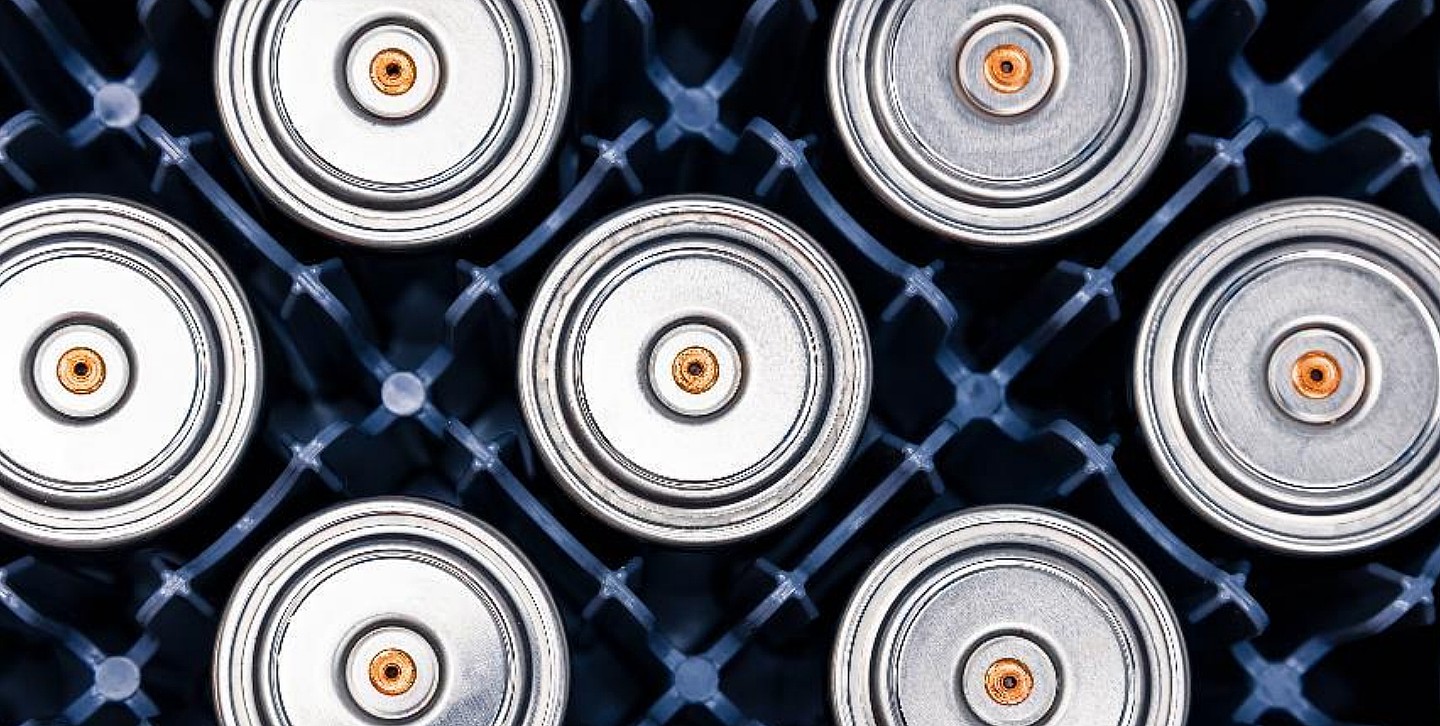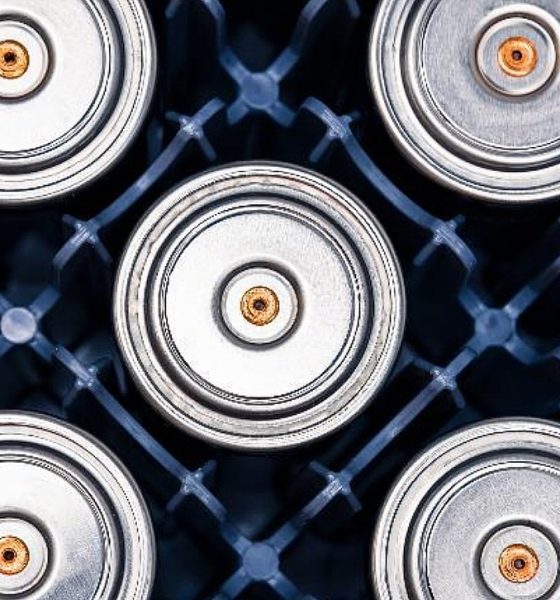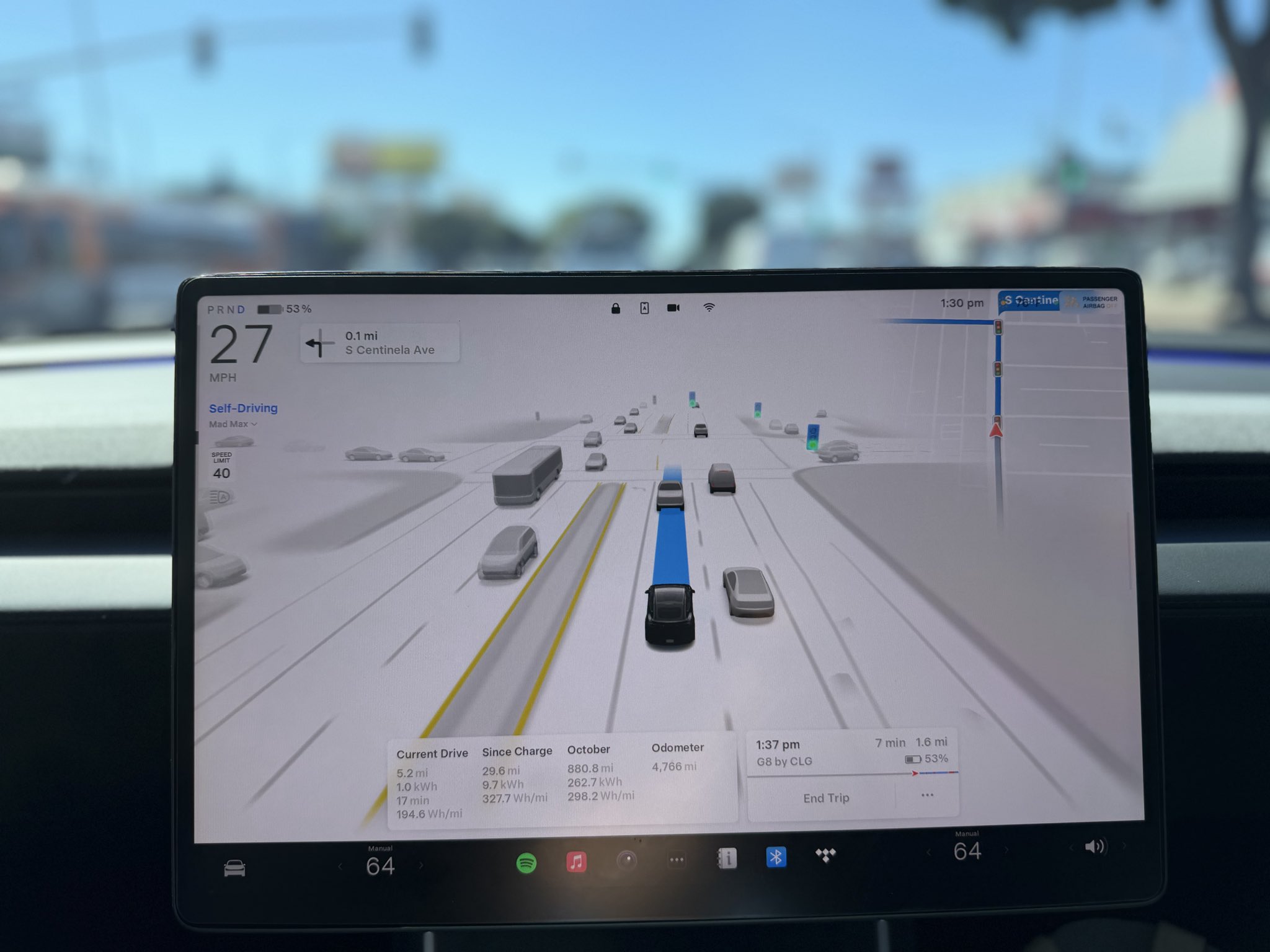

News
Tesla inks new nickel supply deal, inches closer to 4680 battery cell mass production
Tesla’s goal of mass-producing its 4680 battery cells recently took a significant step forward on Wednesday, when New Caledonian miner Prony Resources announced that the EV maker had agreed to purchase 42,000 tonnes of nickel in a multi-year deal. Nickel is a key material that Tesla needs for its high-powered batteries, such as the 4680 cells that are currently in pilot production at the company’s Kato Road facility in Fremont, California.
In a statement, Prony noted that it is aiming to produce 44,000 tonnes of nickel by 2024, effectively doubling its estimated 2021 output. During a news conference, Antonin Beurrier, Prony’s chief executive, confirmed that Tesla is now the mining company’s largest client to date. While he did not specify any details of Prony’s deal with Tesla, Beurrier did state that the 42,000-tonne volume for the EV maker was indicative and could vary.
The CEO added that Prony’s nickel supply agreement with Tesla had been negotiated by Swiss commodity trader Trafigura, a shareholder in the mining firm. The deal between Tesla and Prony was also signed last month. Interestingly enough, Tesla and Prony had already been associated even before their recently-announced nickel deal, as the electric car maker was an adviser on product and sustainability standards for the miner.
Prony is not alone in its role as a key nickel supplier for Tesla. Earlier this year, Tesla also signed a deal to acquire nickel from BHP’s operations in Australia. And considering Tesla’s goal of ramping its vehicle and energy storage production in the coming years, it would not be surprising if the company inks several more deals with other nickel suppliers in the near future. Tesla CEO Elon Musk, after all, has emphasized that nickel would be a key component for its long range vehicles’ batteries.
“I’d just like to re-emphasize, any mining companies out there, please mine more nickel. Wherever you are in the world, please mine more nickel and don’t wait for nickel to go back to some high point that you experienced some five years ago. Go for efficiency and environmentally-friendly nickel mining at high volume. Tesla will give you a giant contract for a long period of time if you mine nickel efficiently and in an environmentally sensitive way,” Musk said during last year’s Battery Day event, which featured the official unveiling of the company’s custom 4680 cells.
The Tesla CEO has been consistent on his nickel stance. During the recently-held 2021 Annual Shareholder Meeting, for example, Musk reiterated that the company’s most demanding vehicles like the Cybertruck and Tesla Semi would be using a nickel-based cathode. The Tesla CEO also reiterated the notion that the company’s Standard Range vehicles and battery storage products will use cells fitted with an iron-based cathode. “What actually matters is the cathode. Our long-range vehicles use a nickel-based cathode. But for our Standard Range vehicles and stationary vehicles, we’re using iron-based cathode,” Musk said.
Don’t hesitate to contact us with news tips. Just send a message to tips@teslarati.com to give us a heads up.

News
Swedish union rep pissed that Tesla is working around a postal blockade they started
Tesla Sweden is now using dozens of private residences as a way to obtain license plates for its vehicles.

Two years into their postal blockade, Swedish unions are outraged that Tesla is still able to provide its customers’ vehicles with valid plates through various clever workarounds.
Seko chairman Gabriella Lavecchia called it “embarrassing” that the world’s largest EV maker, owned by CEO Elon Musk, refuses to simply roll over and accept the unions’ demands.
Unions shocked Tesla won’t just roll over and surrender
The postal unions’ blockade began in November 2023 when Seko and IF Metall-linked unions stopped all mail to Tesla sites to force a collective agreement. License plates for Tesla vehicles instantly became the perfect pressure point, as noted in a Dagens Arbete report.
Tesla responded by implementing initiatives to work around the blockades. A recent investigation from Arbetet revealed that Tesla Sweden is now using dozens of private residences, including one employee’s parents’ house in Trångsund and a customer-relations staffer’s home in Vårby, as a way to obtain license plates for its vehicles.
Seko chairman Gabriella Lavecchia is not pleased that Tesla Sweden is working around the unions’ efforts yet again. “It is embarrassing that one of the world’s largest car companies, owned by one of the world’s richest people, has sunk this low,” she told the outlet. “Unfortunately, it is completely frivolous that such a large company conducts business in this way.”
Two years on and plates are still being received
The Swedish Transport Agency has confirmed Tesla is still using several different workarounds to overcome the unions’ blockades.
As noted by DA, Tesla Sweden previously used different addresses to receive its license plates. At one point, the electric vehicle maker used addresses for car care shops. Tesla Sweden reportedly used this strategy in Östermalm in Stockholm, as well as in Norrköping and Gothenburg.
Another strategy that Tesla Sweden reportedly implemented involved replacement plates being ordered by private individuals when vehicles change hands from Tesla to car buyers. There have also been cases where the police have reportedly issued temporary plates to Tesla vehicles.
News
Czech Deputy excited for Tesla FSD, hints at Transport Committee review
The ANO party lawmaker shared his thoughts about FSD in a post on social media platform X.

Martin Kolovratník, a Czech Republic Chamber of Deputies member, has expressed his excitement for Tesla’s Full Self-Driving (FSD) after an apparent constituent called for a quick approval for the advanced safety system.
The ANO party lawmaker, who drives both diesel and EV, shared his thoughts about the matter in a post on social media platform X.
The official’s initial statements
Kolovratník kicked off the exchange with a post outlining his coalition’s efforts to scrap highway toll exemptions for electric vehicles and plug-ins starting in 2027.
“Times have changed. Electric vehicles are no longer a fringe technology, but a full-fledged part of operations. And if someone uses the highway network, they should follow the same rules as everyone else. That’s the basis of fairness,” he wrote.
He emphasized equity over ideology, noting his personal mix of diesel and electric driving. “For this reason, there is no reason to continue favoring one technology at the expense of another… It’s not about ideology, it’s about equal conditions. That’s why we clearly agreed within the new coalition: the exemption for electric vehicles and plug-ins will end in 2027. The decision is predictable, understandable, and economically sound.”
Tesla FSD enthusiasm
The conversation pivoted to Tesla’s FSD when X user @robotinreallife, who seems to be one of the official’s constituents, replied that other matters are more important than ending highway exemptions for EVs.
“I’m happy to pay for the highway, but I have a question about a much more fundamental matter: The Netherlands will approve the operation of Tesla FSD in February 26, a technology that has been proven to reduce accidents. The Czech Republic has the option to immediately recognize this certification. Do you plan to support this step so that we don’t unnecessarily delay?” the X user asked.
Kolovratník responded promptly, sharing his own excitement for the upcoming rollout of FSD. “I know about it. I like it and it seems interesting to me. Once we set up the committees and subcommittees, we’ll open it right away in that transport one. Thanks for the tip, I’ll deliver the report,” the official noted in his reply on X.
Kolovratník’s nod to FSD hints at the system’s potentially smooth rollout to Czechia in the coming year. With the Netherlands possibly greenlighting FSD (Supervised) in early 2026, Kolovratník’s commitment could accelerate cross-border certification, boosting FSD’s foray into Europe by a notable margin.
News
Tesla Model 3 named New Zealand’s best passenger car of 2025
Tesla flipped the switch on Full Self-Driving (Supervised) in September, turning every Model 3 and Model Y into New Zealand’s most advanced production car overnight.

The refreshed Tesla Model 3 has won the DRIVEN Car Guide AA Insurance NZ Car of the Year 2025 award in the Passenger Car category, beating all traditional and electric rivals.
Judges praised the all-electric sedan’s driving dynamics, value-packed EV tech, and the game-changing addition of Full Self-Driving (Supervised) that went live in New Zealand this September.
Why the Model 3 clinched the crown
DRIVEN admitted they were late to the “Highland” party because the updated sedan arrived in New Zealand as a 2024 model, just before the new Model Y stole the headlines. Yet two things forced a re-evaluation this year.
First, experiencing the new Model Y reminded testers how many big upgrades originated in the Model 3, such as the smoother ride, quieter cabin, ventilated seats, rear touchscreen, and stalk-less minimalist interior. Second, and far more importantly, Tesla flipped the switch on Full Self-Driving (Supervised) in September, turning every Model 3 and Model Y into New Zealand’s most advanced production car overnight.
FSD changes everything for Kiwi buyers
The publication called the entry-level rear-wheel-drive version “good to drive and represents a lot of EV technology for the money,” but highlighted that FSD elevates it into another league. “Make no mistake, despite the ‘Supervised’ bit in the name that requires you to remain ready to take control, it’s autonomous and very capable in some surprisingly tricky scenarios,” the review stated.
At NZ$11,400, FSD is far from cheap, but Tesla also offers FSD (Supervised) on a $159 monthly subscription, making the tech accessible without the full upfront investment. That’s a game-changer, as it allows users to access the company’s most advanced system without forking over a huge amount of money.









